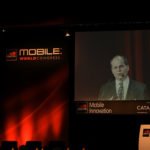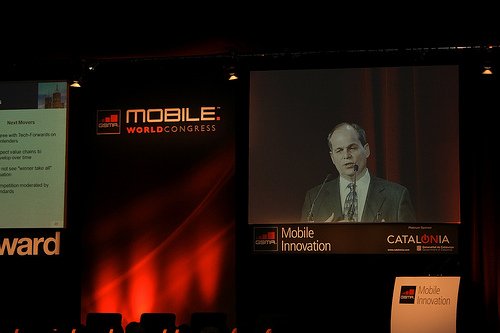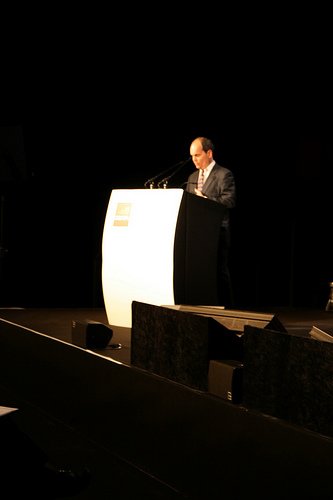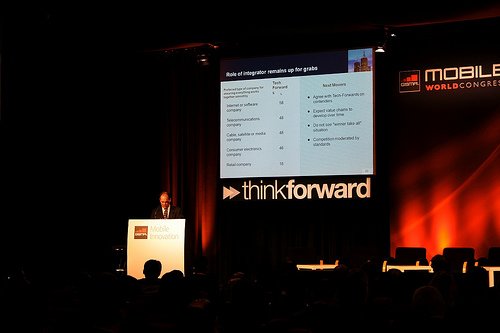
So who exactly was Nokia’s Kai Öistämö referring to as a "dictator" when he addressed the recent Symbian Smartphone Show in London?
No names were named by the executive vice president of devices but his speech made it clear the Finnish giant isn’t resting on its laurels.
With the iPhone shaking up the smartphone industry and Google’s Android Open Handset Alliance project making good progress, Nokia appears up for the challenge.
While Apple has been accused of operating an unclear and seemingly arbitrary approvals policy for third party applications submitted for the iPhone, Öistämö said Nokia is firmly in favor of openness.
 |
| Kai Öistämö, executive vice president of devices, Nokia |
His company’s purchase of Symbian – and the formation of the open source Symbian Foundation sometime soon to enable a standardized Symbian smartphone operating systems – is testament to that.
According to Öistämö, that is where future smartphone success lies.
"These things are computers and it’s about the wealth of applications," he said. "It’s the consumer who has to make the choice, not us. I strongly believe an open eco-system always wins over one that is run by a captain, or should I say, dictator."
It was the theme of smartphones as mobile computers that dominated Öistämö’s presentation.
Mobile Computes NOT Smartphones
He kicked off by saying that instead of his topic being the ‘future of smartphones’ it should actually have been titled the ‘future of computers’.
Smartphones today had the processing power, onboard memory, display resolution and always on-line broadband access of computers, he said, adding: "I think they have entered the day when they are fully fledged mobile computers.
"They are enabling you to use all your internet applications, even those you are used to using in a PC environment."
Mobile computers were quickly becoming the main source for both consuming and creating media on the internet, Öistämö told delegates.
He said this in turn was making them the innovation hot spot for the whole internet and made the smartphone industry an exciting place in which to be involved.
The way people communicated had evolved beyond person-to-person to person-to-many – essentially communicating to communities
This made it important for people to be part of a community, according to Öistämö, whether that was Facebook, Flickr, MySpace or whatever.

He said this made the mobile computer a better tool for participating in these communities than the laptop or PC.
Equally, the context in which the next generation of web services and applications was being created offered unlimited opportunities for innovation and adding new value.
"It’s about ‘in what place am I today?’, ‘what time is it?’, ‘what people are here?’," he said.
But Öistämö warned that just adding more and more functionality to drive up prices and sales was an easy trap to fall into.
He cited the example of VCRs, which he believed ended up having functions that nobody was interested in using.
"At Nokia, we have the consumer at the heart of our strategy," he said.
This entailed looking ahead to see what the "next big thing" would be as mobile computers evolved.
"We are entering an era when we can overlay the digital world with the physical world," he said.
Öistämö gave the example of him standing outside Madison Square Gardens pointing his smartphone at it and being told who was performing there and how much the tickets cost.
"If you think about the possibilities this type of technology merging has, this will revolutionise the whole internet," he said.
Revolutions can either topple dictators or leave them in a stronger position. Is open source the only route to success in tomorrow’s smartphone market?
Please send us your comments.





















